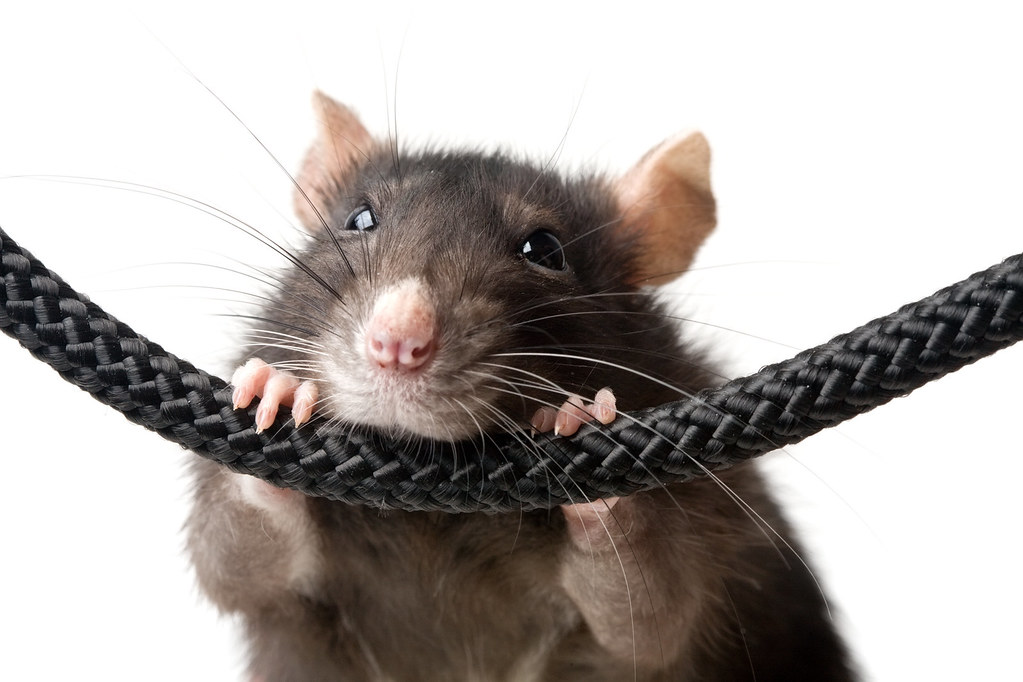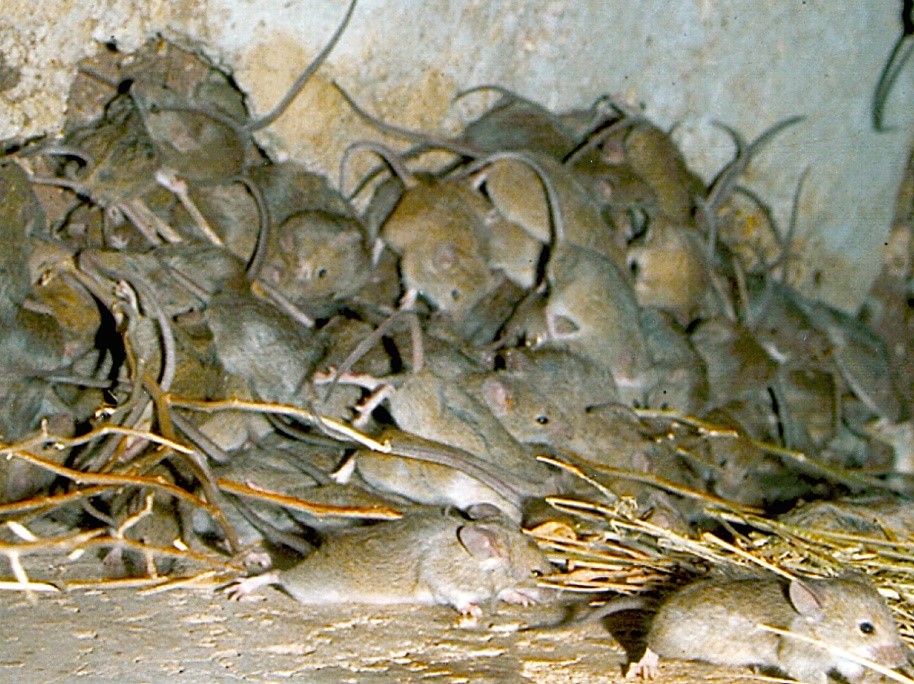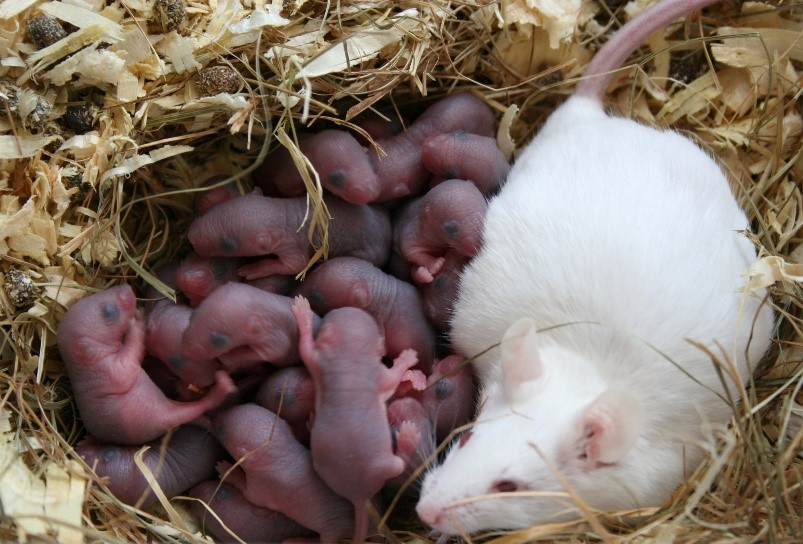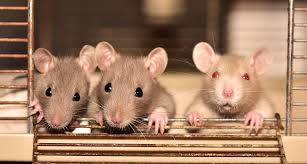
Local foods, high-quality meat, preserved items; elegant flowers, fizzy beverages, and tempting gourmets in your store can both draw consumers and rats!
With plenty of goods and moisture, and perhaps many people that come and depart each day, it can be difficult to ensure that only customers are surging up and down your shops.
But how are they supposed to get into this place?
Well, inadequate construction and maintenance can increase many potential ports of access to a business, especially a supermarket, such as gaps around doors and windows or in walls, vents, pipes, cabling, drains, doorways, windows, and panels. Rats can squeeze through even the tiniest gaps and can nibble away at the edges to expand them. Food in storage and on display, as well as food spills and waste left or kept inappropriately, will attract rats if they can gain entry to a property.
Rodents have 2 pairs of razor-sharp incisors that grow continuously thus, to keep them in check they chew on anything which comes in their way. They not only gnaw on the packaging and eat food, but they also leave a path of contaminated surfaces in their trail, including urine, feces, sticky smear marks from their fur, and dirt from their feet. Accessible food and water attract rats and mice, who will then seek shelter nearby because they do not like to move far in their daily searching for nourishment.
Loading bays and garbage storage facilities, where food may be temporarily stored or spilled, might attract rodents and give access points inside a structure.
These are some recent incidents where rats were found in supermarkets!
A large rat tucking into the deli counter at a supermarket
A large rat that crept into a Rome supermarket and helped itself at the deli counter in front of shocked customers has become a national sensation and the subject of an alleged blackmail plot.
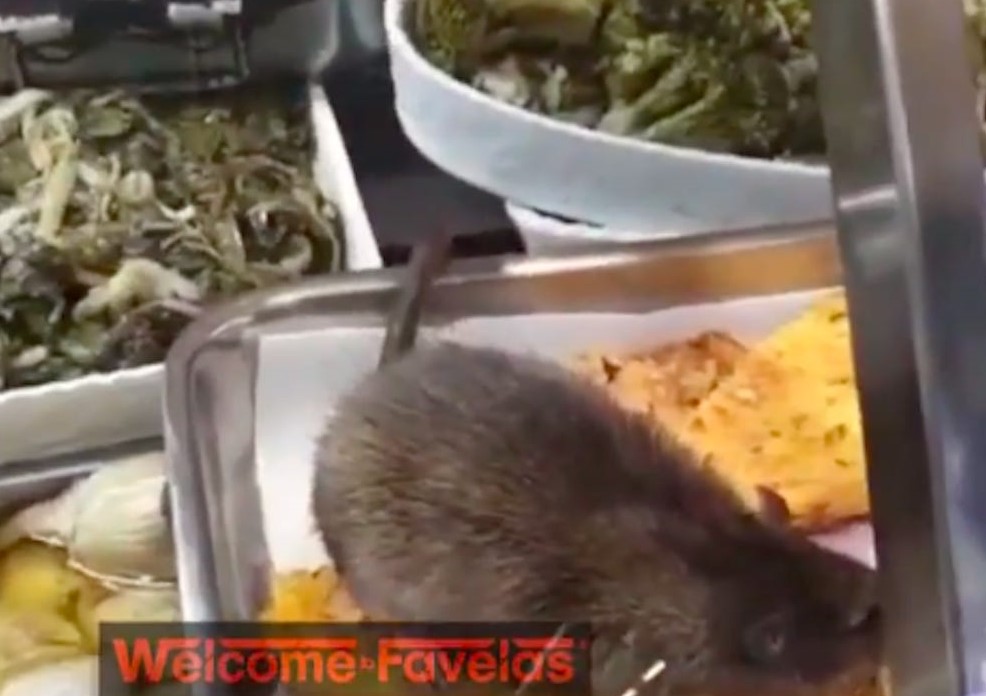
An Instagram video posted by an activist that shows the rat tucking into a plate of fish behind the counter’s glass cover has been watched half a million times and the story has made headlines across the Italian media.
Calgary supermarket shuttered after mouse droppings found in the dairy case, bite marks in chip bags
A supermarket store in southeast Calgary confirms that it is still closed to the public due to a mice infestation. Following a health inspection that revealed “an abundance of mouse droppings and urine,” the Forest Lawn Lucky Supermarket in the 4500 blocks of Eighth Avenue S.E. was ordered to close.
Products that had been contaminated by mice were located on shelves including several bags of chips with chew holes in the packaging.
When it comes to their fundamental needs, rats are similar to humans in that they desire a cozy place to live, food to eat, and water to drink. Rodents are clever. They take advantage of structural flaws, openings, and quick access to acquire what they seek.
A rat infestation at your store, if left untreated, can cause serious consequences. Rodents can carry and spread viruses that are hazardous to humans, providing a threat to human health and food safety in regions where they or their droppings or urine come into contact. They can be very devastating, causing damage to the equipment and assets, which can hurt your profit margins.
Many enterprises that do not offer foods and groceries may believe they are resistant to rat infestations, but that’s not the case. A rat infestation can affect almost every business!
So how you can mitigate those ravenous beasts effectively?
To solve this problem, a one-of-a-kind and environmentally sustainable solution would be perfect.
C Tech Corporation can offer a viable solution that is extremely low toxic, low hazard, safe, and eco-friendly.
Our product, Rodrepel™, is anti-rodent and animal aversive that works on the principle of repellence. Its mechanism works on 6 prolonged strategies which not only effective against rats but will keep away other rodents like squirrels, marmots, beavers, and gophers.
Rodrepel™ is available in the form of a masterbatch, liquid concentrate, lacquer, and sprays.
The masterbatch can be incorporated with the polymer to manufacture cable sheathing, trolleys, carpet, plastic accessories, polymeric switch panels, trash bins, cabinets, etc.
The liquid concentrate can be mixed with paints in a predetermined ratio and used to coat the interior and exterior walls of supermarkets. The lacquer can be used as a topical application for existing wires, utility pipes, vents, floorings, etc. The wood polish additive can be blended with wood polish and can be applied on wooden items to protect them from wood damaging pests.
The ready-to-use Rodrepel™ spray is easy to use and protects businesses from rodent damage. It can be easily sprayed on any surface after cleaning the dust on it to keep rodents at bay.
Our products are RoHS, RoHS2, RoHS3, EU – BPR, REACH, APVMA, NEA compliant and FIFRA exempted.
Contact us at technical.marketing@ctechcorporation.com to keep the pests away.
Also, visit our websites:
1] http://www.ctechcorporation.com/
Follow our Facebook pages at:
1] https://www.facebook.com/Combirepel-411710912249274/
2] https://www.facebook.com/Termirepel-104225413091251/
3] https://www.facebook.com/Rodrepel-120734974768048/
Follow us on our Twitter pages at:
1] https://twitter.com/rodrepel

